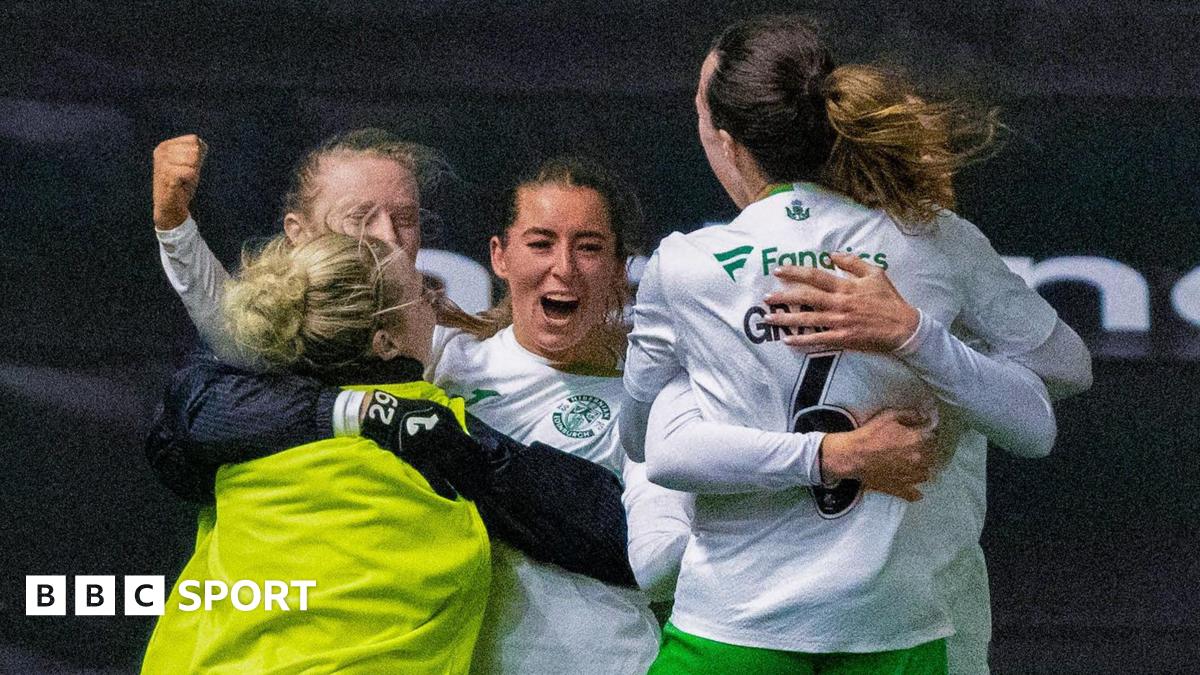Bussiness
Trump’s Boeing 757 isn’t the perfect private jet, but it’s perfect for him
Whether you love or hate him, there is no arguing Donald Trump’s taste in private jets is fantastic. That’s because his current flagship is a Boeing 757-200 airliner converted for VIP use.
The 757 is an aircraft without equal. Since its launch in 1982, it’s been one of the most capable, versatile, and respected aircraft in the skies.
However, Trump’s retrofit of the airliner as a business jet has recently been questioned in an article that turned its nose up at the plane, calling it “crappy” and “dilapidated.”
While the article did make some good points — purpose-built business jets have more comfortable cabin pressure and can operate out of smaller airports — the author’s disdain for its owner, whom I’m ambivalent toward, bled over into an unnecessarily harsh characterization of the plane.
There’s a common saying in the business aviation industry. The private jet isn’t a luxury; it’s a time machine. The point of a private jet is to save its occupant time and increase their productivity. Time is money, and the time saved by flying private instead of commercial is worth more than the extra cost.
From that perspective, the 757 is probably not the most cost-effective or efficient corporate jet for a globetrotting business mogul. The jet burned through $2.6 million in fuel from 2023 to 2024.
Thomas Pallini/Insider
A purpose-built Gulfstream or Bombardier Global are certainly better options. Both are newer, more efficient, and have the range to reach pretty much any destination in the world.
But neither can match the sheer presence and drama of arriving at a destination in a VIP airliner. And they don’t look nearly as good behind a campaign stage.
And for a consummate self-promoter like the Donald, there’s no better private jet than a three-story tall, 155-foot long, flying billboard covered in the Trump logo.
The marketing and brand value created by the flying billboard trumps the added cost of operating a decades-old airliner, equipped with two bedrooms and a dining room, all lined in 24k gold.
In fact, Trump once said in a documentary that “the plane is very much an extension of the Trump brand,” The New York Times reported in 2016.
The jet, dubbed Trump Force One, has been a fixture at campaign stops ahead of the 2016 and 2024 presidential elections.
Gene J. Puska/AP
Trump acquired the 757, registration N757AF, from the late Microsoft cofounder Paul Allen in 2010 to replace his older Boeing 727.
N757AF was originally delivered to the defunct Danish low-cost carrier Sterling Airlines in May 1991. It also briefly flew for the defunct Mexican airline TAESA before the tech billionaire picked it up in 1995.
Even though the aircraft is now well into its 30s, older, well-maintained planes can operate safely and effectively at that age. In fact, according to Airfleets.net, plenty of 757s older than Taylor Swift, born in 1989, are in regular service with airlines and cargo operators like DHL, FedEx, and Delta.
Trump’s 757 spent nearly a year in the hangar, receiving a full refurbishment and a new paint job before returning to service in late 2022.
John Minchillo/AP, James Devaney/GC Images
Trump isn’t alone in his preference for the VIP airliner, and his 757 is far from the biggest or most over-the-top.
Rapper Drake flies around in an even larger VIP airliner, a 1996 Boeing 767-200 widebody.
The Qatari and Saudi Royal Families both operate private Boeing 747 jumbo jets.
As an airliner, the 757 was a true tweener in Boeing’s lineup, a twin-engine, narrow-body airliner that’s bigger than your run-of-the-mill 737 but smaller than a widebody like the 787 Dreamliner.
Andrew Milligan/PA Images via Getty Images
In airline service, the 757-200 has the range and performance to easily brave the headwinds across the Atlantic on long-haul flights from Paris to New York. As a narrow body, it’ll happily shuttle passengers on 45-minute flights to smaller airports that don’t have the infrastructure to support a widebody.
But what stands out the most about the Boeing 757 is that it’s the muscle car of the airline world.
With power from a pair of massively powerful Rolls-Royce RB211 (or Pratt & Whitney PW2000) turbofan engines, each producing upwards of 40,000 lbs of thrust, the Boeing 757 has developed a reputation among pilots for being an aircraft with the grunt to take off from airports in hot weather or at high elevation that would sideline many of its more modern rivals.
Andrew Milligan/PA Images via Getty Images
But the 757’s power and versatility that helped it stand out from the crowd also doomed it. Even during its heyday in the 1980s and ’90s, it was ahead of its time and was arguably much more airplane than most airlines needed.
By the early 2000s, a smaller and less capable Boeing 737 or Airbus A321 could handle most of the 757’s duties at a lower price.
The availability of cheaper, more efficient alternatives, coupled with sky-high oil prices during the years following 9/11 and an airline industry on financial life support, meant the 757 was a non-starter for carriers.
After years without landing a new order for the plane, Boeing discontinued the 757 in 2004. In total, 1,050 Boeing 757s were produced over 22 years.
The final 757 rolled out of Boeing’s Renton, WA factory in October 2004. The aircraft was delivered to Shanghai Airlines in April 2005 and now flies for Delta Air Lines as N823DX.








